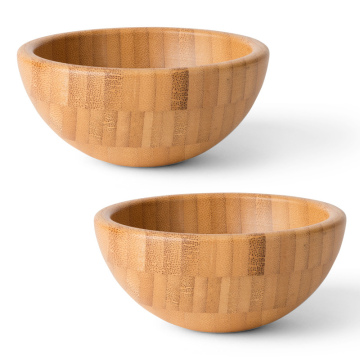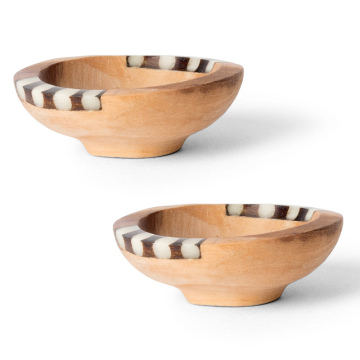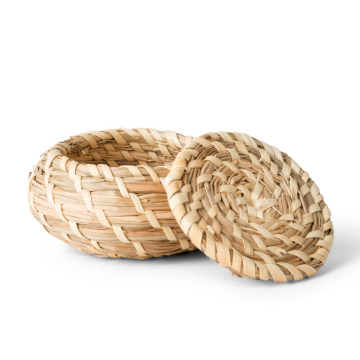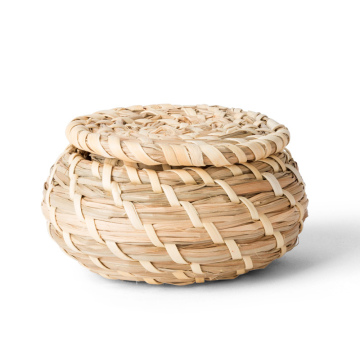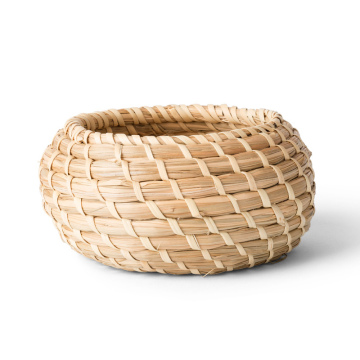Dim Sum
Dim sum, a cherished culinary tradition in Chinese culture, traces its origins back to the ancient tea houses of Southern China. The practice of enjoying small dishes alongside tea began its ascent during the Tang Dynasty (618–907 AD), where travelers and locals frequented these tea houses for a respite during their journeys. Initially, the offerings were minimal, consisting of simple snacks designed to complement tea. However, over the centuries, these small bites transformed into a more elaborate dining experience.
During the Song Dynasty (960–1279 AD), the concept of dim sum expanded significantly, as the culinary arts flourished. It is within this period that the pairing of exquisite dishes with tea evolved into a communal dining experience, fostering social interactions and creating a vibrant cultural atmosphere. With the rise of the Cantonese culture in the Guangdong province, dim sum solidified its status as a staple within this regional cuisine, leading to the diverse array of dishes enjoyed today.
Dim sum's popularity surged as it became associated with leisurely brunches and family gatherings, symbolizing the essence of sharing and community. The transition from small snacks to a wide variety of dumplings, buns, and pastries reflects the resourcefulness of Chinese chefs in utilizing local ingredients and flavors. As regions across China adopted their own variations, distinct flavors and cooking techniques emerged, enriching the dim sum tradition further.
Today, dim sum is not only a culinary experience but also a cultural one, representing a legacy that spans centuries. It offers a glimpse into the heritage of Chinese cuisine while continuing to evolve with contemporary influences. The journey of dim sum invites food enthusiasts to explore these time-honored bites, ensuring that this beloved dining tradition remains an integral part of Chinese culinary arts.
Types of Dim Sum: A Culinary Exploration
Dim sum is a traditional Chinese culinary art characterized by a diverse range of bite-sized dishes, typically enjoyed during brunch or tea time. These delightful morsels are primarily categorized into four main types: dumplings, buns, rolls, and desserts. Each category offers a unique array of flavors, textures, and ingredients that reflect varying regional specialties and culinary practices across China.
Dumplings occupy a prominent place in the dim sum experience, with varieties such as har gow and siu mai standing out. Har gow, known for its translucent skin, is made from wheat starch and filled with succulent shrimp, bamboo shoots, and seasonings. Siu mai, on the other hand, combines ground pork with mushrooms and shrimp, encased in a thin wheat wrapper. These dumplings are often steamed, resulting in a delicate balance of flavor and texture that can be further enhanced with various dipping sauces.
Buns also play a significant role in dim sum menus, with char siu bao being a favorite among many. These soft and fluffy buns are steamed and stuffed with sweet and savory barbecued pork, offering a delightful contrast of flavors. Other types of buns, such as the custard-filled liu sha bao, provide a sweet counterpart to the savory options, showcasing the creativity inherent in dim sum preparation.
Rolls, including rice noodle rolls or cheung fun, are another notable category. Made from silky rice flour sheets, they are typically filled with ingredients like shrimp, beef, or vegetables. The rolls are elegantly served with soy sauce or sesame oil, allowing the distinct flavors to shine through.
Lastly, the dessert section is not to be overlooked, with egg tarts serving as a popular choice. These pastries feature a flaky crust filled with creamy, egg custard, providing a sweet ending to the dim sum experience. Each of these categories highlights the rich tapestry of taste and tradition inherent in dim sum, demonstrating how regional ingredients and preparation methods contribute to its enduring popularity.
The Dim Sum Experience: How to Enjoy It
Engaging with dim sum is more than just savoring various dishes; it is an immersive experience steeped in tradition. Upon entering a dim sum restaurant, guests are usually greeted with the fragrant aroma of steaming baskets filled with bite-sized delights. The art of enjoying dim sum begins with the selection of dishes. It is customary to order a diverse range of items, including dumplings, buns, and rolls, to ensure a rich tasting experience. This variety not only enhances enjoyment but also encapsulates the spirit of sharing that is central to dim sum.
Once seated, diners will typically be offered a tea menu, as tea pairs exquisitely with the flavors of dim sum. In fact, selecting the right tea can elevate the meal further. Jasmine tea is a popular choice for its fragrant qualities, while Pu-erh tea aids digestion, making it ideal after indulging in rich dishes. The communal aspect of ordering is fundamental; dishes are usually shared among all diners, allowing everyone to relish different flavors and textures. It is recommended to sample small portions from each dish to experience the full spectrum of offerings.
Etiquette plays a significant role in the dim sum experience. Diners may notice small details, such as not pointing at food with chopsticks and ensuring to serve others before themselves, which exemplify consideration and respect during meals. As family and friends gather around the table, the atmosphere is often lively, filled with animated conversations and laughter. This social aspect transforms the meal into a cherished occasion, fostering connections and creating lasting memories. In summary, understanding the nuances of ordering, pairing, and dining etiquette enhances the overall enjoyment of dim sum, making it a truly delightful culinary experience.
Dim Sum Around the World: Global Influence
Dim sum, a traditional Chinese culinary art, has successfully transcended its origins, evolving into a beloved gastronomic phenomenon worldwide. The versatility and uniqueness of dim sum dishes have led to their adoption and adaptation in various global cultures, creating a rich tapestry of flavors that maintain the essence of their Chinese roots while embracing local influences. Major metropolitan areas such as New York, London, Sydney, and Singapore have witnessed the emergence of innovative dim sum restaurants, catering to an ever-growing multicultural clientele craving these bite-sized delights.
The global appeal of dim sum is largely attributed to its communal dining experience, where small portions encourage sharing and social interaction. This aspect has resonated deeply with diverse populations, leading to the incorporation of regional ingredients and cooking techniques. Many restaurants have successfully adapted traditional dim sum recipes, infusing them with local flavors, resulting in creative interpretations that reflect the culinary landscape of the surrounding communities. For instance, in the Americas, fusion dim sum may incorporate elements from Latin cuisine, creating unique dishes that highlight the connection between cultures.
Moreover, the increasing demand for vegetarian and health-conscious options has prompted chefs around the world to develop innovative dim sum offerings. These options often utilize local vegetables, grains, and plant-based proteins, making traditional dim sum more inclusive without losing its essence. Globalization has played a crucial role in this transformation, fostering cultural exchange that enriches the dim sum experience. As chefs experiment with both flavor and presentation, they continue to draw on the deep-seated traditions of Chinese dim sum while searching for new ways to engage an ever-diversifying audience.
The result is a continually evolving dim sum culture that beautifully reflects and celebrates the blending of culinary traditions across nations, making dim sum truly a global delight.
